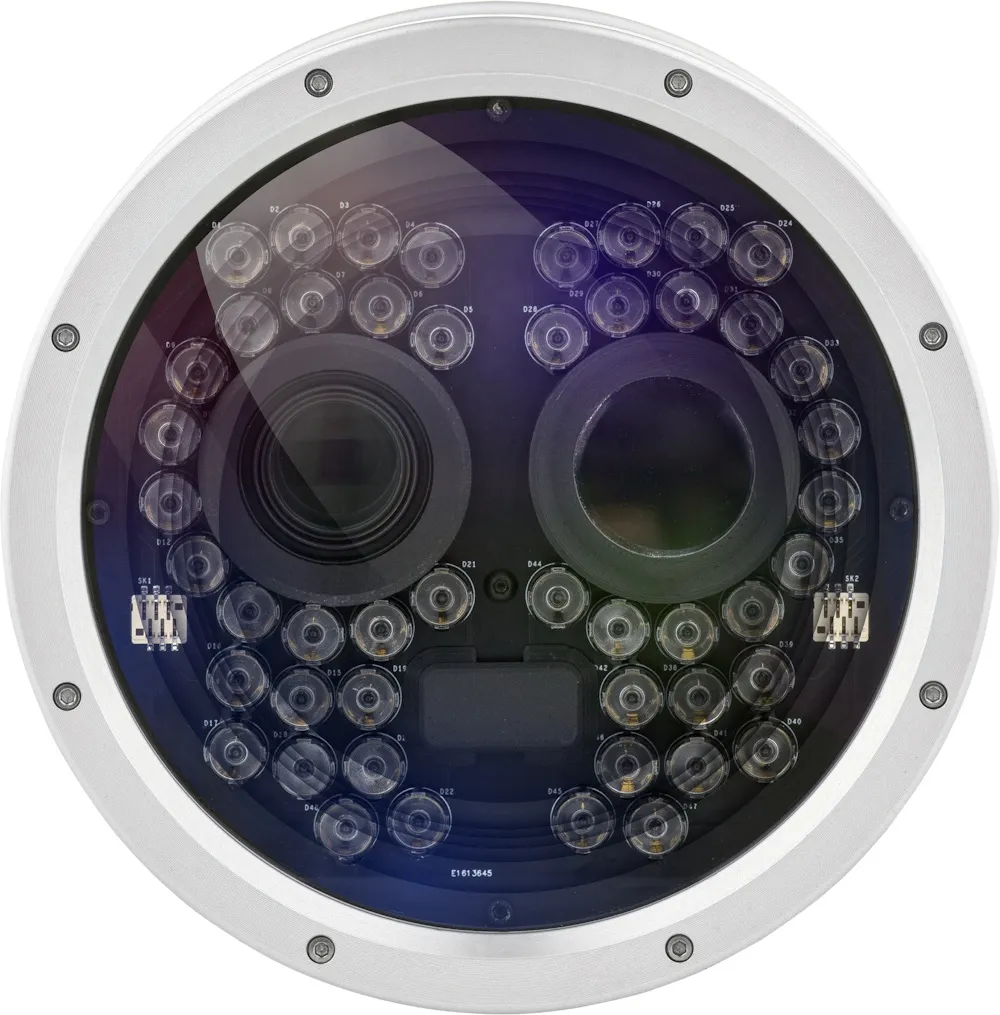The latest addition to the well-known Vysionics’ Specs family is Specs3 Vector, which is based on the established Vector integrated ANPR camera. Unlike earlier Specs platforms, Specs3 vector is a fully integrated camera unit with all the camera, processing and communications modules built into a single, elegant housing.
August 12, 2015
Read time: 1 min
The latest addition to the well-known
Unlike earlier Specs platforms, Specs3 vector is a fully integrated camera unit with all the camera, processing and communications modules built into a single, elegant housing.
Designed for the most challenging ANPR enforcement applications, Vector provides a solution average speed enforcement applications, as well as a cost-effective alternative to spot speed camera upgrades. According to Vysionics, when matched with its additional infra-red flood light, the camera is able capture enforcement capable images on a completely dark road.









